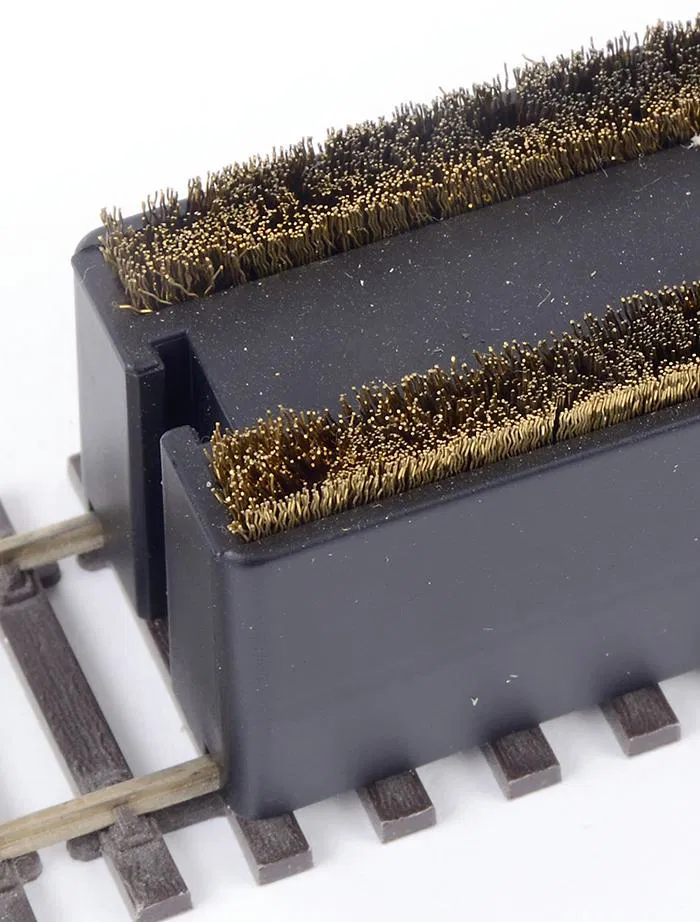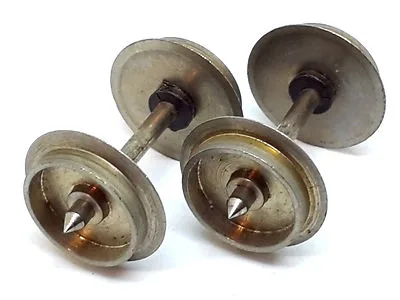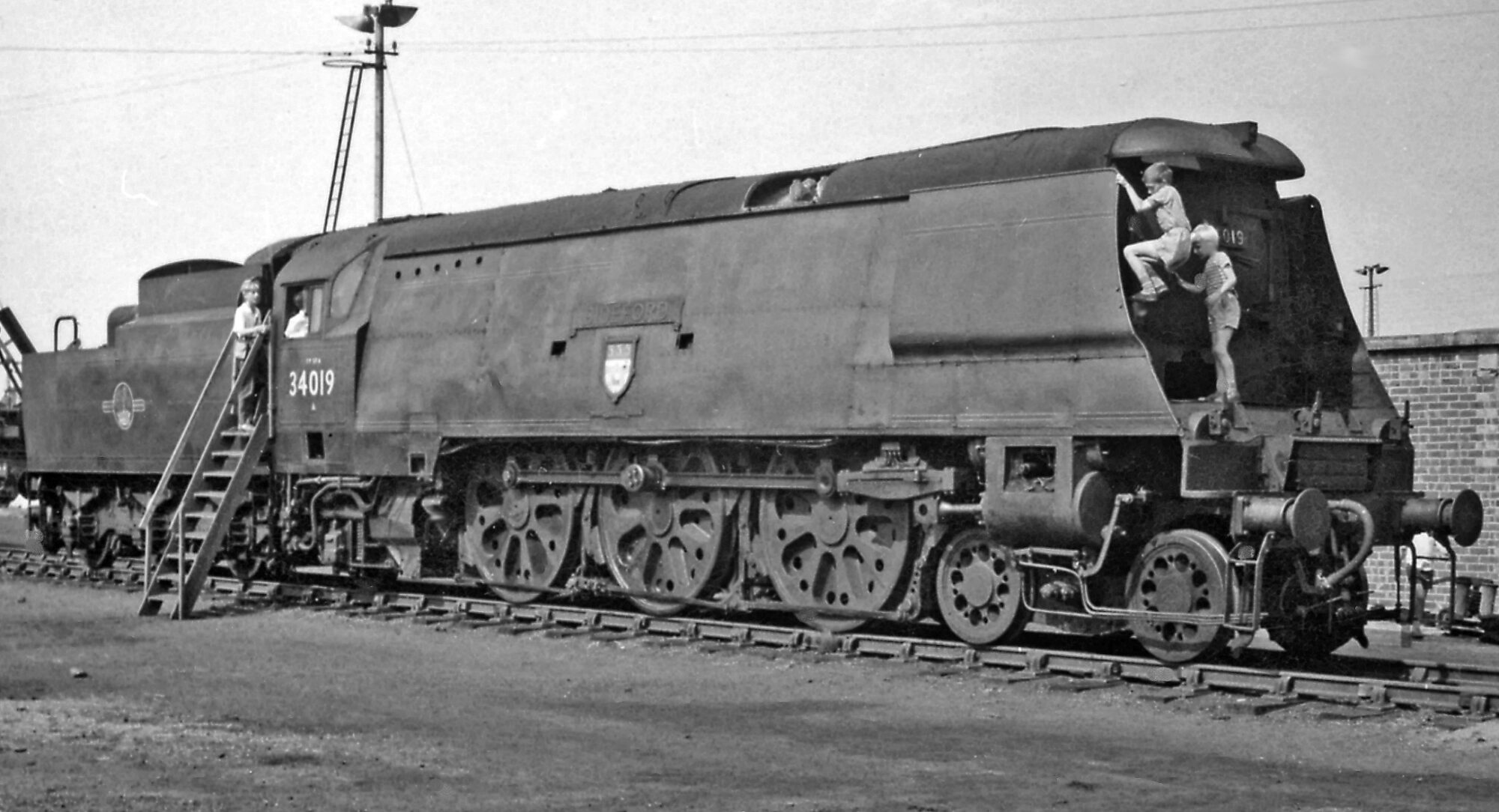Model railways are more than just a hobby—they’re a blend of artistry, engineering, and nostalgia. Whether you’re a seasoned modeller or just starting out, keeping your locomotives running smoothly is key to an enjoyable and realistic railway experience. Among the most vital, yet often underestimated, aspects of maintenance is cleaning your loco’s wheels.
Over time, dirt, dust, oil, and even microscopic metal particles from the rails can build up on wheel treads and pickups. This grime can severely affect performance, leading to jerky movement, stalled starts, flickering lights, or even damage to motors and decoders. The good news? With a few simple tools and the right technique, wheel cleaning can be a quick and satisfying part of your routine that makes a big difference.
This guide offers a step-by-step, easy-to-follow method for cleaning locomotive wheels safely and effectively. It also highlights common risks, how to avoid them, and tips for maintaining a reliable model railway fleet.
Tools and Materials You Will Need:
- Isopropyl alcohol (preferably 90% or higher)
- Cotton buds (Q-tips) or lint-free cloths
- Toothpicks or small brushes (for compact areas)
- Foam cradle or folded towel (to rest the loco safely)
- Tweezers (optional, for precision cleaning)
- Magnifying glass (optional, for visual inspection)
- Power pack/controller or rolling road (optional for powered cleaning)

Step-by-Step Cleaning Procedure:
1. Power Down and Prepare the Workspace
- Unplug the loco from any track or power source.
- Clear a clean, well-lit workspace.
- Lay down a foam cradle or towel to support the loco and protect delicate details.
2. Inspect the Wheels
- Use a magnifying glass to check for dirt, oil, or oxidation.
- Look for areas around the wheel tread and flange where gunk tends to build up.
3. Manual Wheel Cleaning (Preferred Method)
- Dip a cotton bud into isopropyl alcohol.
- Gently rotate each wheel by hand while rubbing the wheel tread with the soaked cotton bud.
- Replace the bud as it becomes dirty to avoid spreading grime.

Tip: Focus on applying light pressure. Let the alcohol break down the dirt rather than using force.
4. Optional: Powered Cleaning
If you’re comfortable and have the necessary tools:
- Set the loco on a rolling road or upside down in the cradle.
- Connect the power pack to the motor pickups.
- Run the loco slowly and carefully hold an alcohol-dampened cloth or bud against the spinning wheels.
Important: Keep voltage low and avoid prolonged spinning to prevent motor damage.
5. Clean Pickup Areas and Back of Wheels
- Use a toothpick or brush to dislodge dirt from around axle ends, pickup contacts, and wheel backs.
- Gently wipe these areas with an alcohol-moistened cloth.
6. Final Drying and Inspection
- Use a clean, dry cotton bud to wipe down each wheel after cleaning.
- Check that all residue is gone and no fibers are left behind.
Risks and How to Avoid Them
| Potential Risk | What Can Happen | How to Prevent It |
|---|---|---|
| Wheel plating damage | Abrasives can remove the nickel or blackened finish | Never use sandpaper or track rubbers on wheels |
| Breaking detail parts | Mishandling can snap off couplings, pipes, or other small pieces | Always rest loco on soft surfaces and handle by the main body |
| Short circuits | Conductive tools touching powered wheels can cause shorts | Use non-conductive cleaning tools and disconnect power |
| Motor strain or overheating | Running wheels too fast during powered cleaning can burn out motors | Use low voltage, short bursts; never leave wheels spinning freely |
| Residue attraction | Oily cleaners leave residue that collects more dust | Use only pure isopropyl alcohol, and always dry thoroughly |
Cleaning Frequency Guide
- Frequent runners or dusty environments: Clean every 2–3 weeks
- Occasional use or clean layouts: Clean every 2–3 months
- Signs it’s time to clean:
- Jerky or stalled running
- Flickering lights or sound
- Poor slow-speed performance
Bonus Tips:
- Label a small container for used cotton buds to avoid reusing dirty ones.
- Keep a log of maintenance dates to track cleaning and performance issues.
- Clean your track at the same time for best results.
- For DCC locos, be extra careful around decoder wiring and components.
Suggested Maintenance Schedule
| Task | Frequency |
| Wheel cleaning | Every 10–20 hours of use |
| Track cleaning | Monthly or as needed |
| Loco lubrication | Every 30–40 hours of use |
| Visual inspection | Every running session |
With regular care and the right technique, your locomotives will perform reliably and look great for years to come. Happy modelling!

